Ignaz Semmelweis
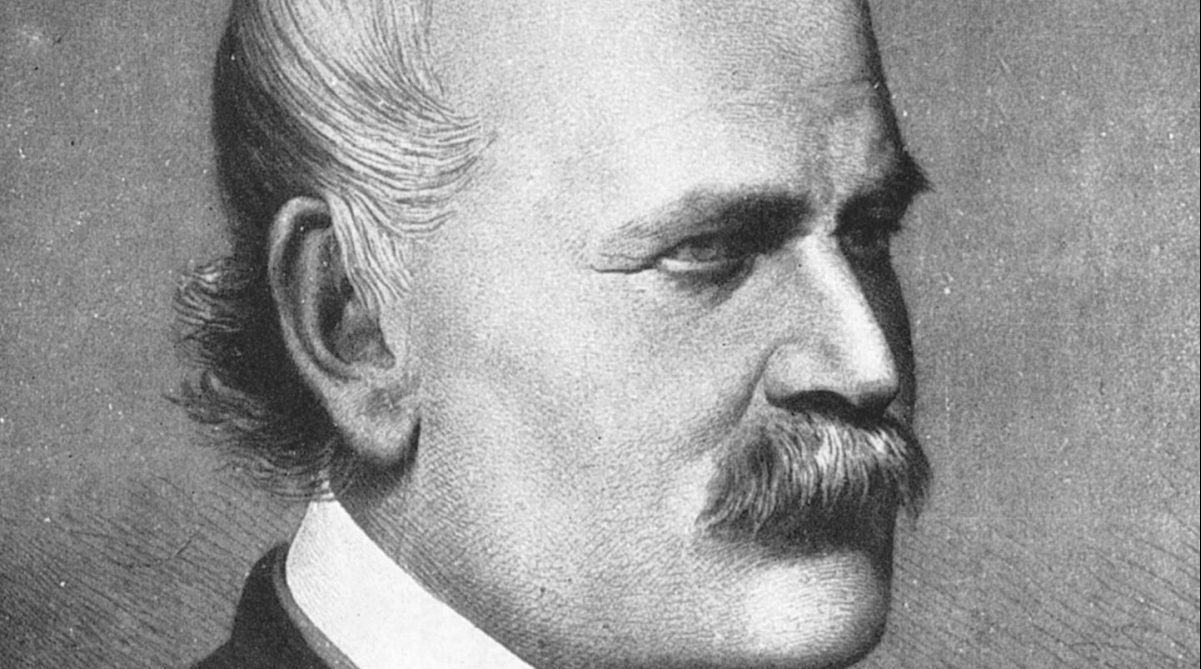
Hungarian physician Ignaz Semmelweis, who was working in Austria, noticed that one hospital had much higher death rates than another. He theorized that washing hands between patients would reduce mortality, which was correct. But when he tried to convince other doctors of its value, they rejected his research and ridiculed him. It wasn’t until 20 years later that Louis Pasteur’s germ theory inclined more people to wash their hands often, and sadly too late for Semmelweis, who spent the last years of his life in an asylum.
Martin Luther King Jr.
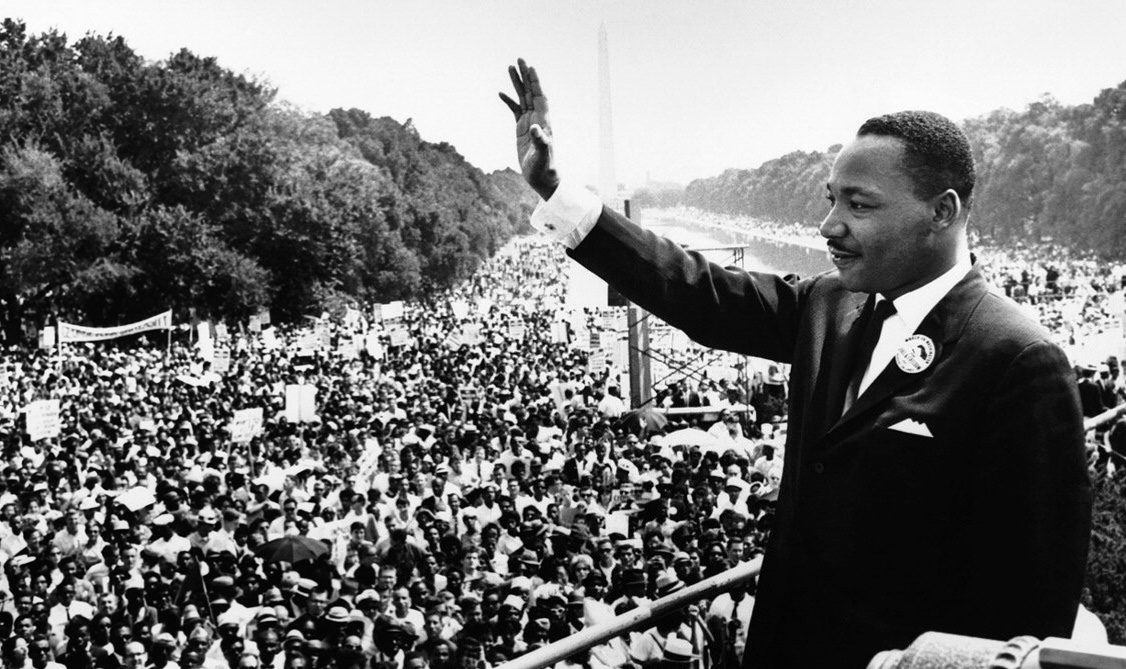
Dr. Martin Luther King Jr. is now revered by many Americans as a civil rights pioneer who has a national holiday commemorating his birthday, but this was not always the case. Prior to his 1966 assassination, King was an enormously divisive figure. A Gallup poll found that 63% of Americans disliked him, with 50% of White Americans believing he was hurting the civil rights effort while only 36% felt he was helping. Even after his assassination, many Americans still had a negative view of King. Nearly one-third said he brought his death upon himself.
Ada Lovelace
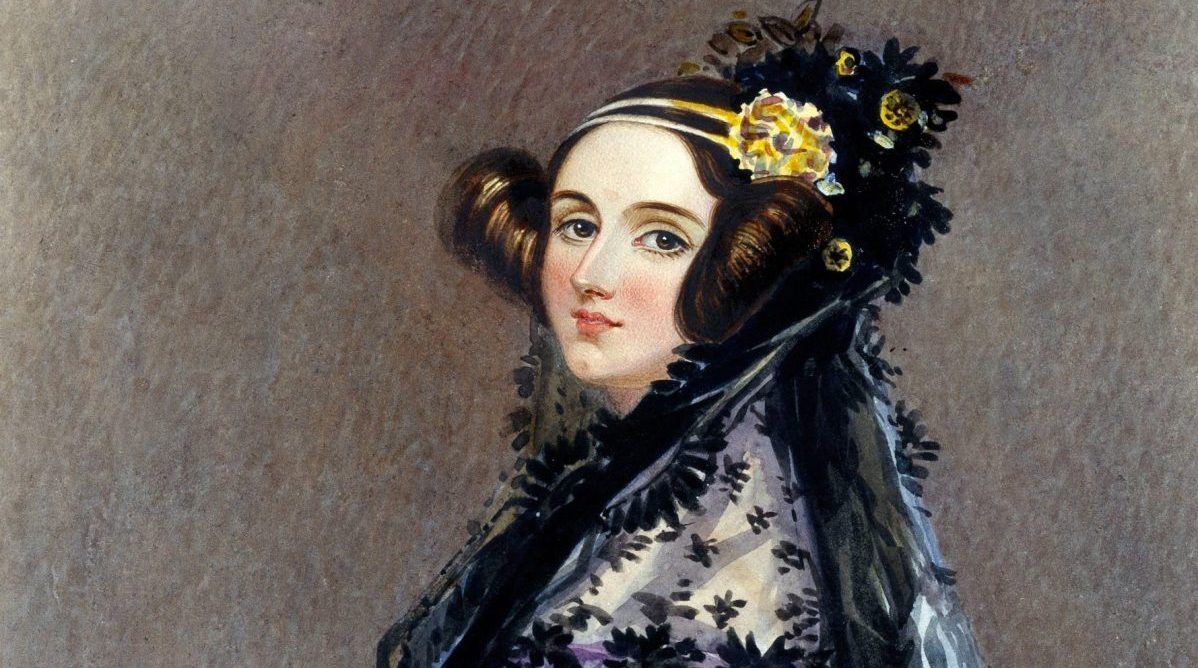
Ada Lovelace, daughter of poet Lord Byron, received training in mathematics; very unusual for a woman of her position in the mid-1800s. Lovelace met scientist and inventor Charles Babbage when he was working on what is regarded as the earliest working computer. She translated a paper about his invention and added her own ideas, explaining how the computer would work and even sketching out the earliest written programs. Today, many people acknowledge Lovelace as one of the most important figures in computer science history, but at the time her work was mostly ignored – in part because she was a woman.
Thomas Edison
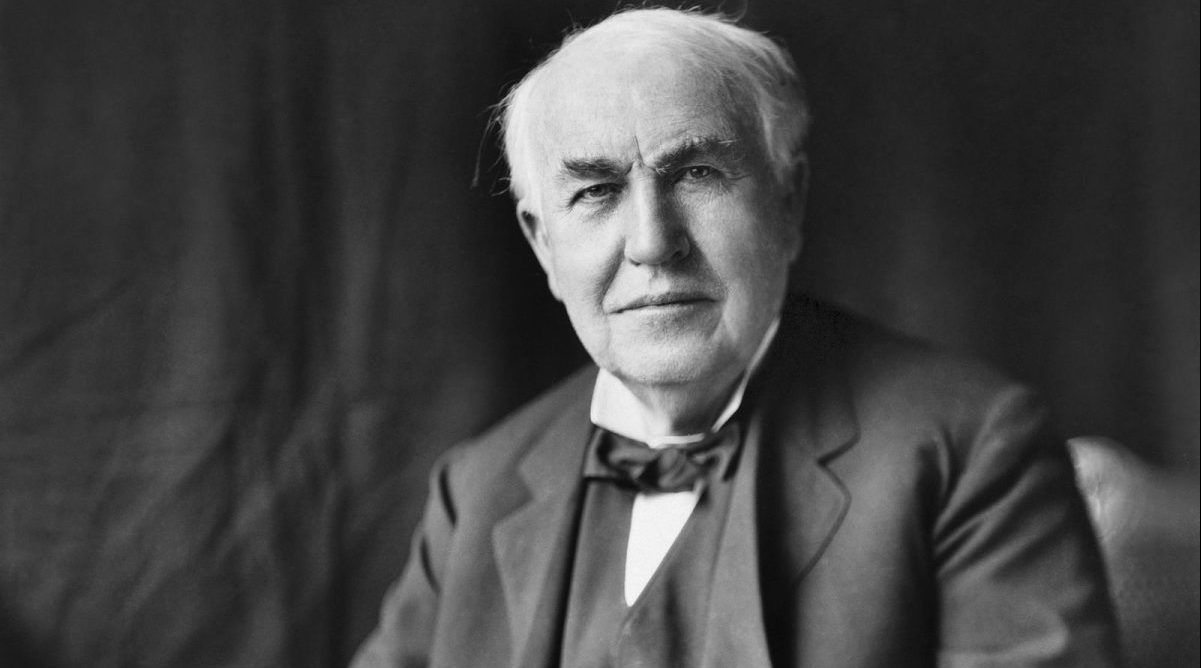
Thomas Edison was a prolific inventor, filing 1,093 patents in the US. He’s often credited with inventing the first practical electric light bulb, though others had been working on similar devices for years. When word got out that Edison was developing this new technology, some disliked the idea of replacing gas lighting with electricity. In 1878, a British Parliament Committee noted that Edison’s light bulb was “good enough for our Transatlantic friends… but unworthy of the attention of practical or scientific men.” Similarly, a chief engineer for the British Post Office said that the subdivision of electricity was a sham.
Jonas Hanway
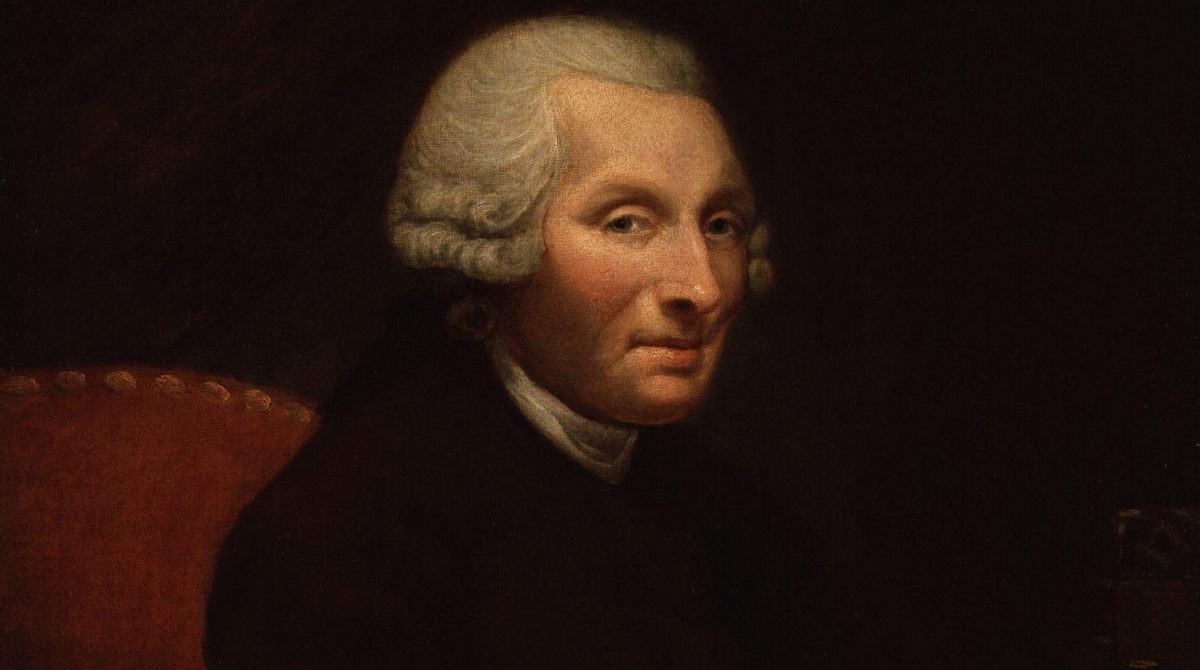
In the 1750s, Jonas Hanway was ridiculed by Londoners for bringing an umbrella to a rainy British street. He had just returned from France, where he saw people using umbrellas for protection from the rain. However, umbrellas were still considered feminine objects because of their association with parasols. The coach drivers at the time were threatened by Hanway and ridiculed him. It would take until the late 1700s for the umbrella to become popular in Britain.
Nelson Mandela
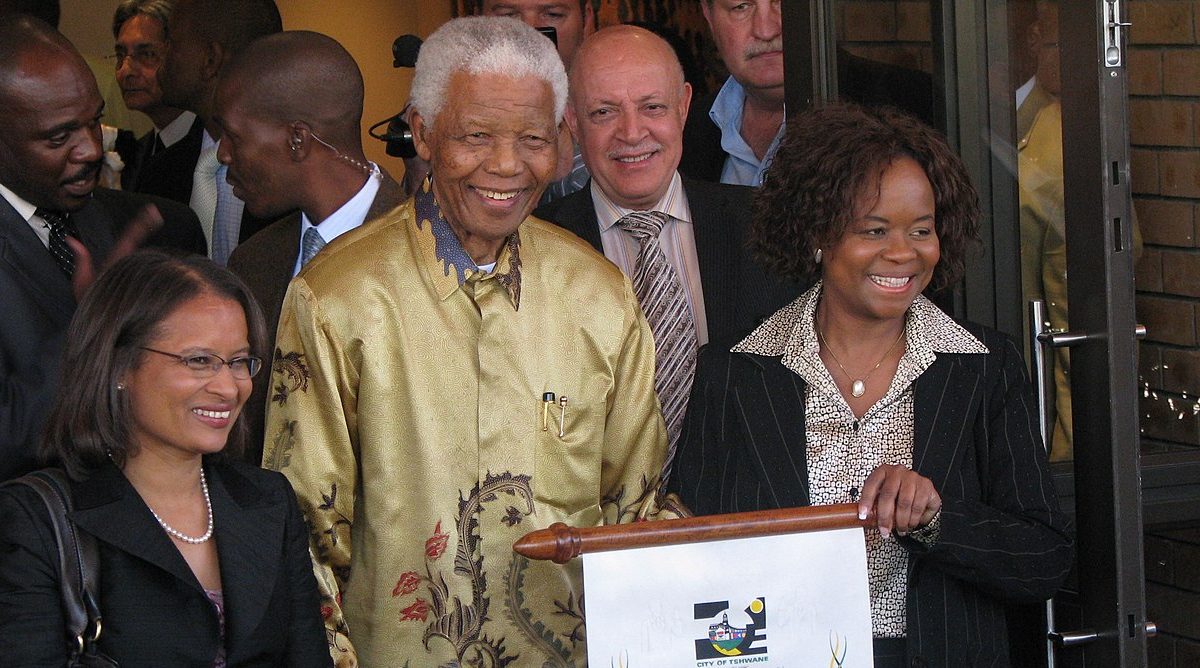
In 1962, Mandela was sentenced to life in prison by the South African government for his leadership of the African National Congress (ANC), an organization outlawed because of its anti-apartheid activities. During his trial, he refused to defend himself. While Mandela languished in prison, many continued to spread his message of freedom, and by the mid-1980s many around the world had begun to rally against apartheid. Mandela was freed in 1990, won the Nobel Peace Prize in 1993 for his role in ending apartheid, then served as President of South Africa from 1994 to 1999.
Jeremy Bentham
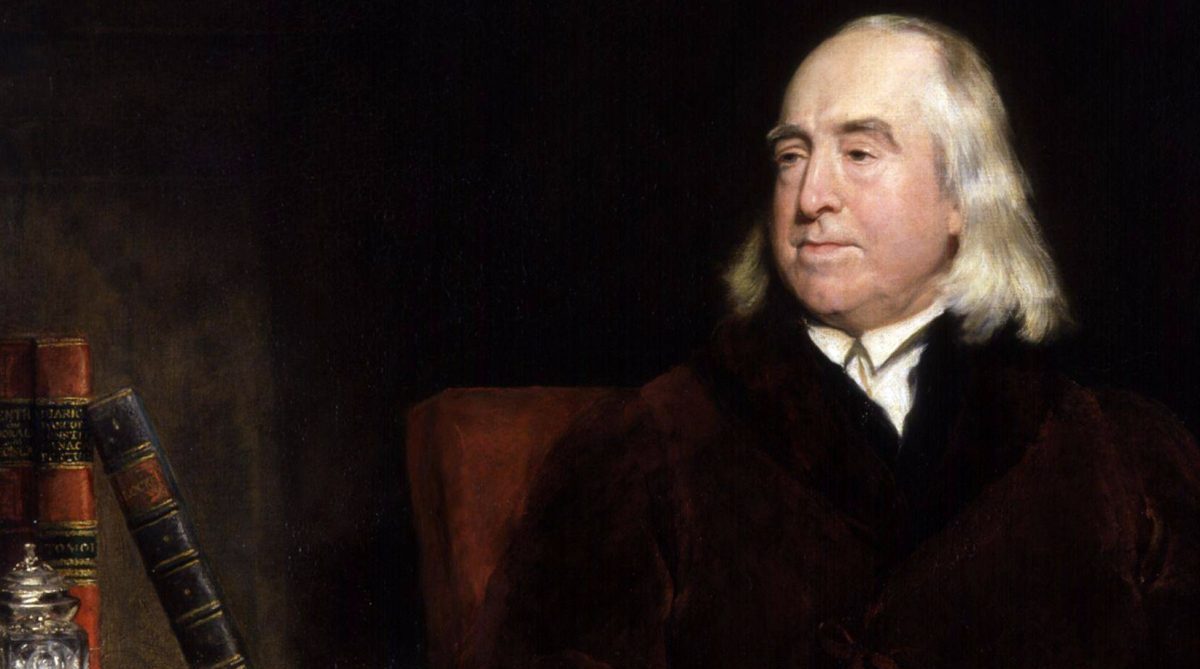
British philosopher Jeremy Bentham lived in a time when slavery, women’s rights and voting rights were hotly debated, and his vision for an ideal society promoted ideas which were considered unthinkable by many at the time. He believed in animal welfare, universal suffrage, the abolition of the death penalty and no-fault divorce. He also came up with most of the principles and beliefs of Western liberalism – over 100 years before they had any popular support. Many of his writings were so controversial that they were banned for up to a century after his death in 1832; some remain unpublished.
Malcolm X
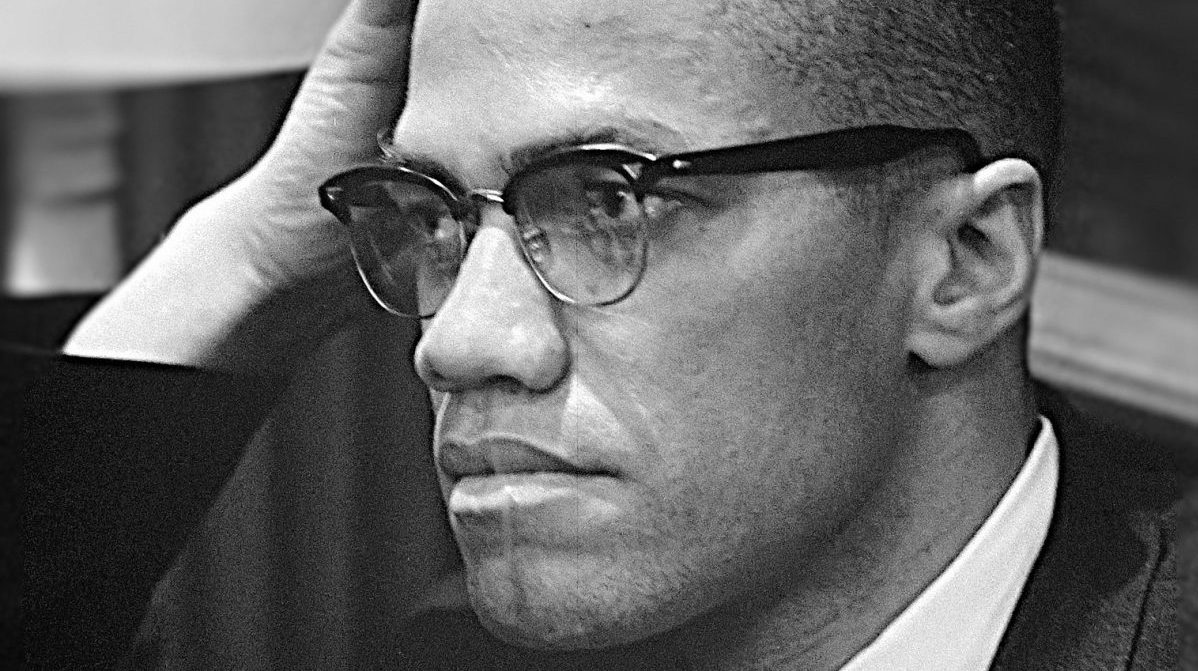
Malcolm X was a leader in the struggle for Black liberation. In the 1950s, he advocated Black pride, Black power, and the rejection of white standards of beauty. He also carried the U.S. struggle against racism into the global arena, linking it to anti-colonial movements around the world. X’s ideas and actions were often controversial, inspiring some black people while frightening and alienating many white people – particularly after his provocative “Ballot or the Bullet” speech in 1964. He was assassinated within a year of this speech and remains a divisive figure today.
William Harvey
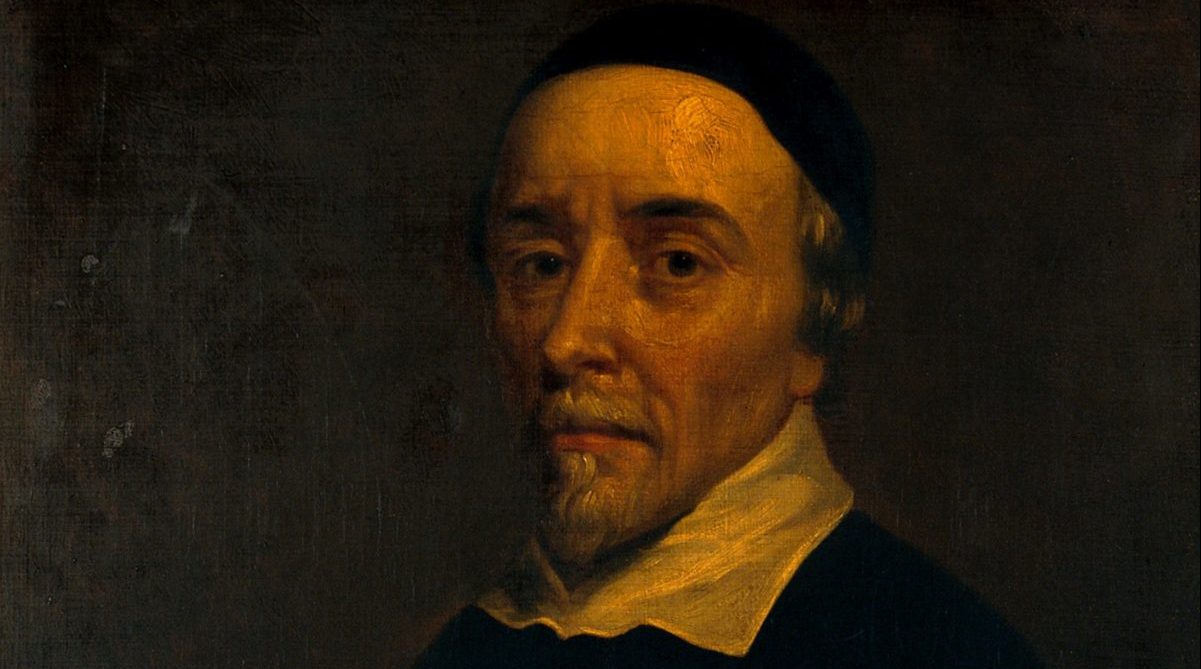
It was once commonly believed that the liver creates blood from food and the lungs push it around the body. However, in 1628, William Harvey published a book about his experiments with living animals’ hearts. He had figured out that blood travels around the body in a closed circuit, contrary to popular belief at the time. His findings were met with extreme skepticism from the medical community, especially because physicians believed that bleeding their patients was good medicine. Harvey disagreed. His medical practice suffered because of this controversial idea; he became a recluse at the end of his life.
Nicolaus Copernicus
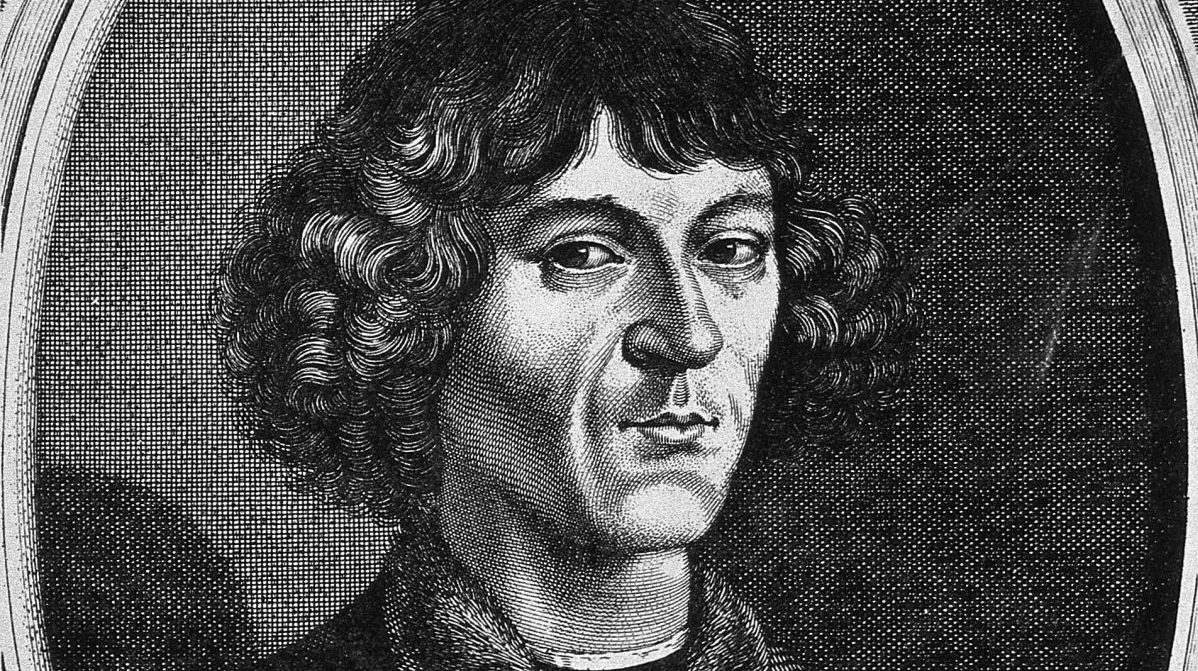
The theory that the Earth revolves around the Sun was first suggested by Polish astronomer Nicolaus Copernicus in 1530. His book On the Revolutions of the Celestial Spheres wasn’t published until after he died in 1543. Copernicus feared mockery if he published his theories, so he held back the publication of Revolutions for several years. When the book came out, it didn’t cause much of a stir. Scientists admired his math but didn’t believe him. It wasn’t until Galileo Galilei and Isaac Newton picked up on his ideas that they started to gain acceptance.
Gregor Mendel
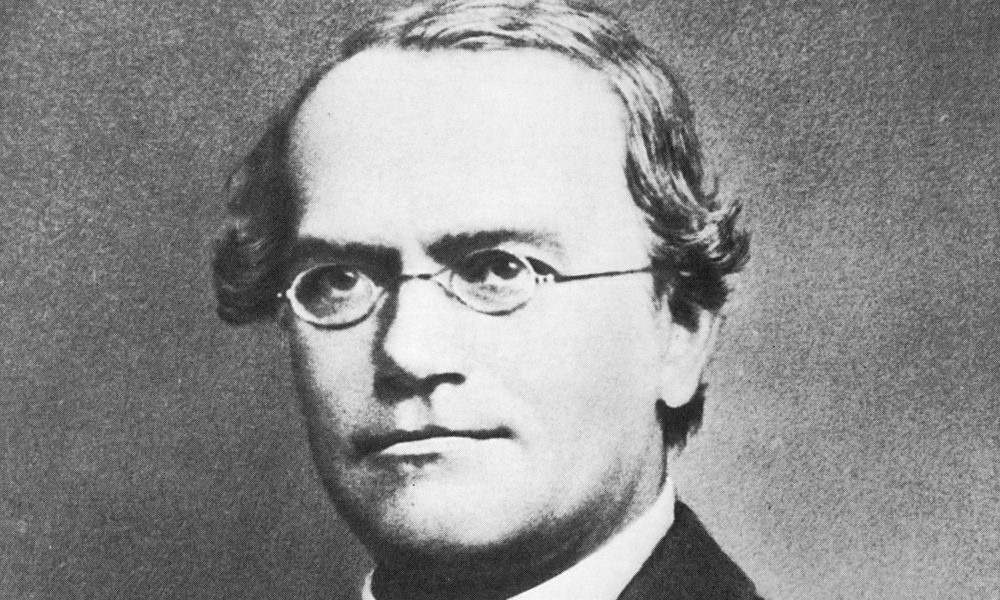
Despite his best efforts, Mendel’s work on genetic inheritance was not read by anyone during his lifetime. He wrote to many scientists explaining his theories, but they found them hard to understand and therefore did not respond. It was not until the next century that anyone paid attention to Mendel’s work. Darwin had a copy of Mendel’s paper, but never read it. If he had read it, then the connection between evolution by natural selection and classical genetic heredity would have been made much earlier.
Ludwig Boltzmann
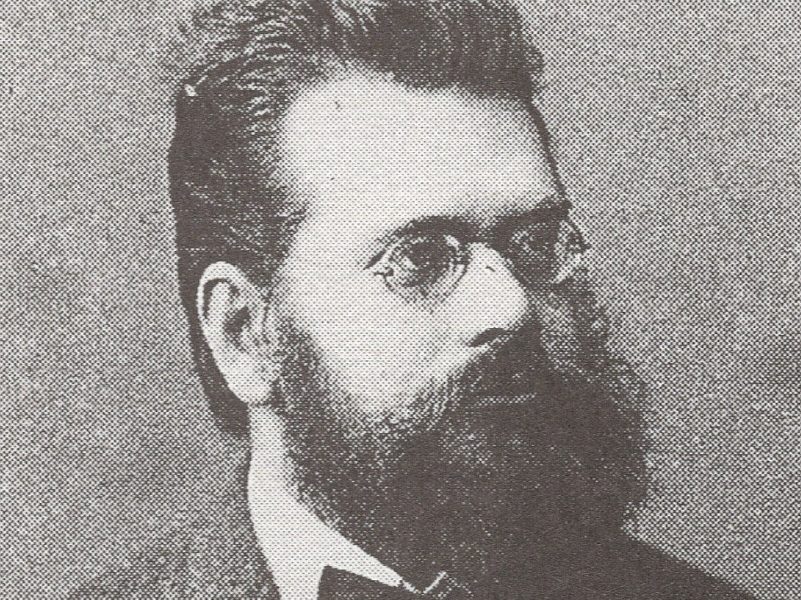
Boltzmann developed equations and formulas that explain the properties of atoms. However, because his theory was in conflict with established laws of physics, it was not well received by other scientists of his time. In the late 19th century, Boltzmann fought for years to get his theories accepted but never succeeded. He committed suicide in 1904, three years before Ernest Rutherford discovered the nucleus of an atom, proving Boltzmann’s theory.
Alfred Wegener
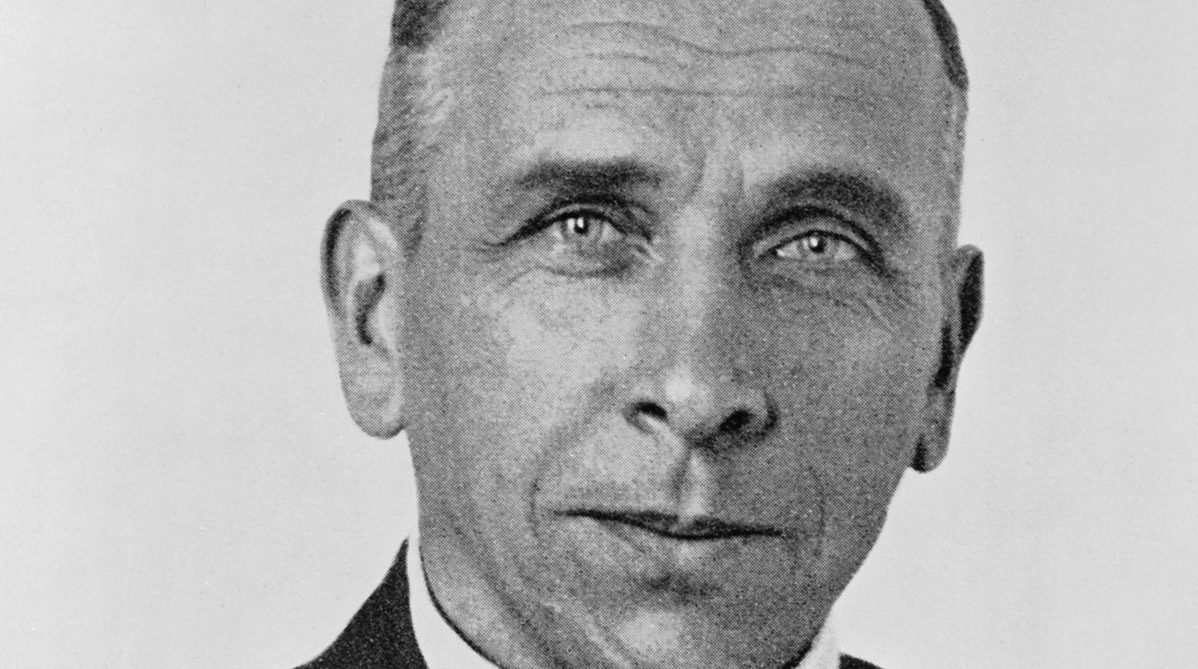
Geologist Alfred Wegener proposed that Earth’s continents move very slowly and even published evidence to support this theory between 1912 and 1929, but he sadly died on an expedition to Greenland in 1930. Many scientists rejected Wegener’s theory of continental drift when it was first proposed in the early twentieth century, and it wasn’t until the 1960s that most geologists accepted this idea as fact.
Mary Anning
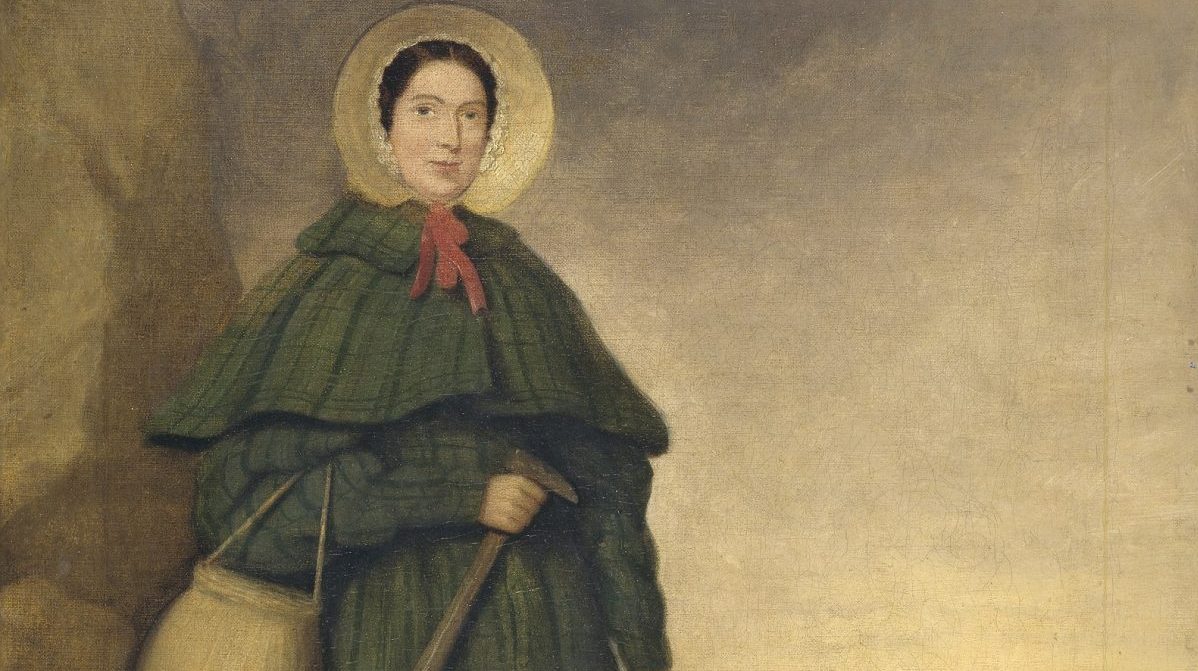
Mary Anning was a keen fossil hunter who, after the death of her father, became the family’s main source of income. Anning found the first complete Plesiosaurus skeleton, but people didn’t believe that a woman could make such an important find and instead accused her of faking it. It wasn’t until after her death that many renowned fossil hunters were forced to admit they were wrong.
Cecilia Payne-Gaposchkin
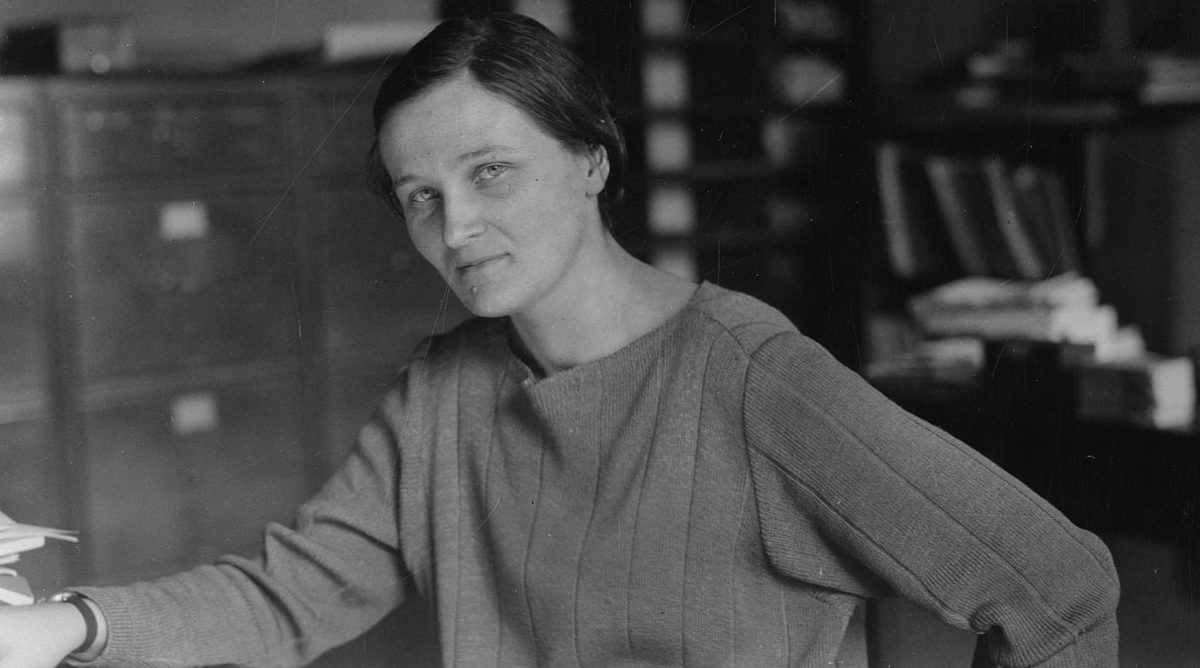
Cecilia Payne-Gaposchkin was one of the first female astronomers. As a graduate student, she wrote her thesis on the patterns of stars and galaxies and stated that stars were primarily composed of hydrogen. However, her thesis was met with harsh criticism. In fact, she was criticized so harshly for challenging an established belief that she admitted she must have been mistaken. After Payne-Gaposchkin’s discovery was confirmed, the astronomer who had initially criticized her work later attempted to take credit for it. He eventually admitted it was Payne-Gaposchkin’s discovery.
Galileo
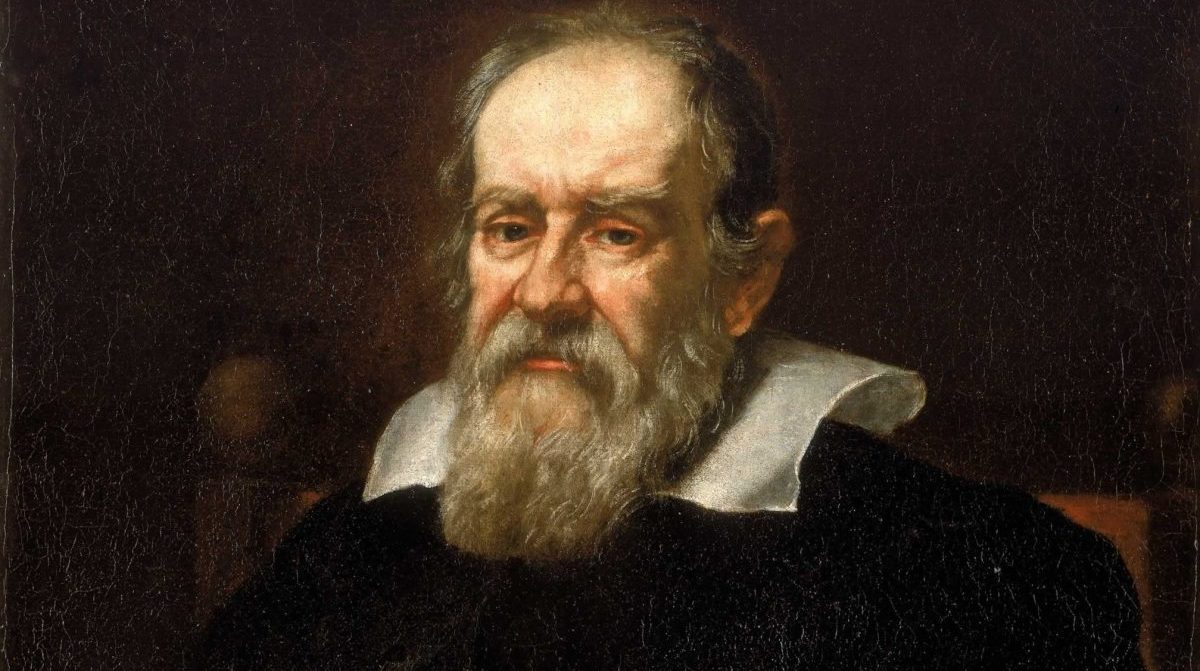
Galileo is a household name today, but he was considered a heretic in his time for stating that the Earth revolves around the sun. Galileo’s ideas were seen as a direct attack on the church’s teachings of geocentrism, and he was in danger of being burned at the stake. When the pope first heard about Galileo’s findings, he was deeply troubled, so he arrested Galileo for heresy and forced him to recant his beliefs. Privately, Galileo remained steadfast and was eventually proven right.
The Wright Brothers
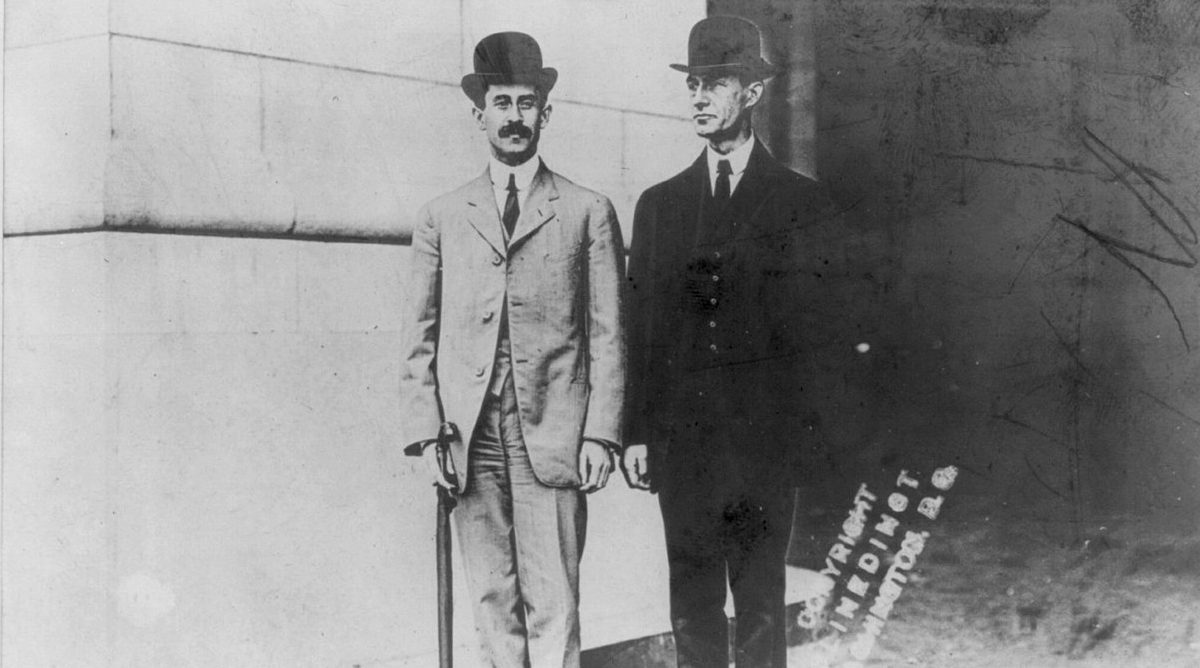
In 1903, Orville and Wilbur Wright made headlines when they flew the first aeroplane, with a flight that lasted just 12 seconds. In 1911, French general Ferdinand Foch said, “Airplanes are interesting scientific toys but they are of no military value.” Eight years later, a Curtiss seaplane made the first trip across the Atlantic Ocean from Newfoundland to Portugal. The success of military planes revolutionised travel and led to the development of unmanned aerial vehicles, aka drones.
Alexander Graham Bell
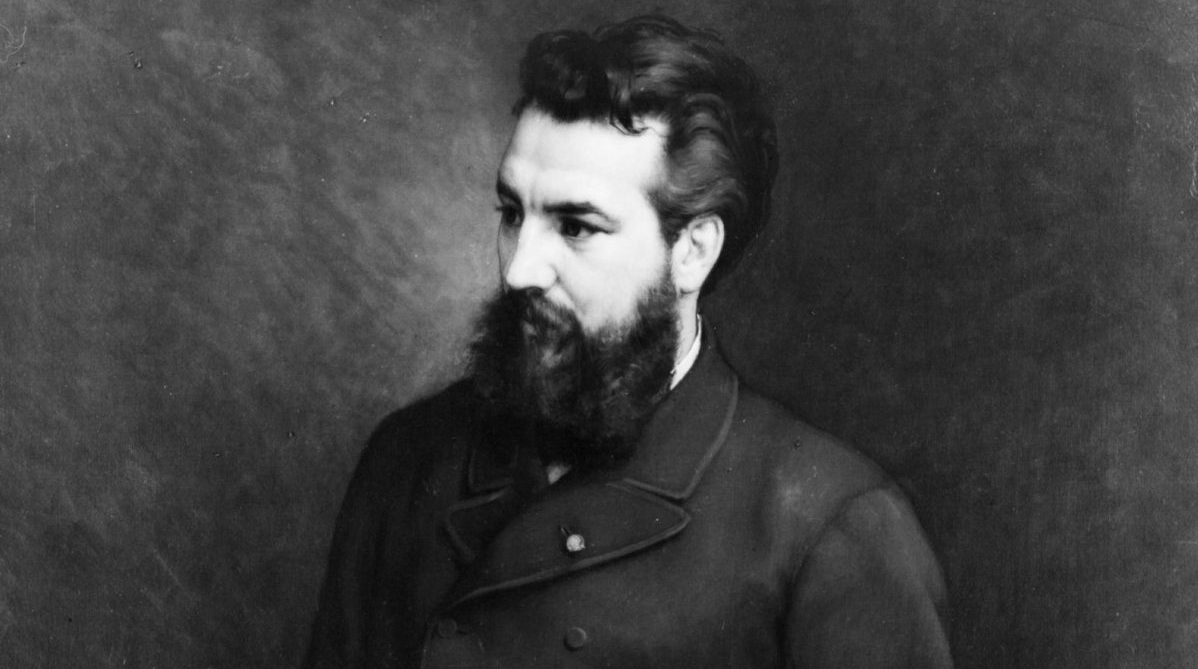
Alexander Graham Bell, a Scottish-born inventor, was the first person to be granted a patent for the telephone. He intended to sell his invention, which he knew would revolutionize modern communication. In 1876, Bell approached the American communications company Western Union and offered them rights to his patent for $100,000. Western Union executives were unimpressed by the proposal, however, as they believed that Bell’s device was too limited for practical use. Bell went on to found the Bell Telephone Company, which sold over 150,000 telephones in the USA by 1890.
Louis Pasteur
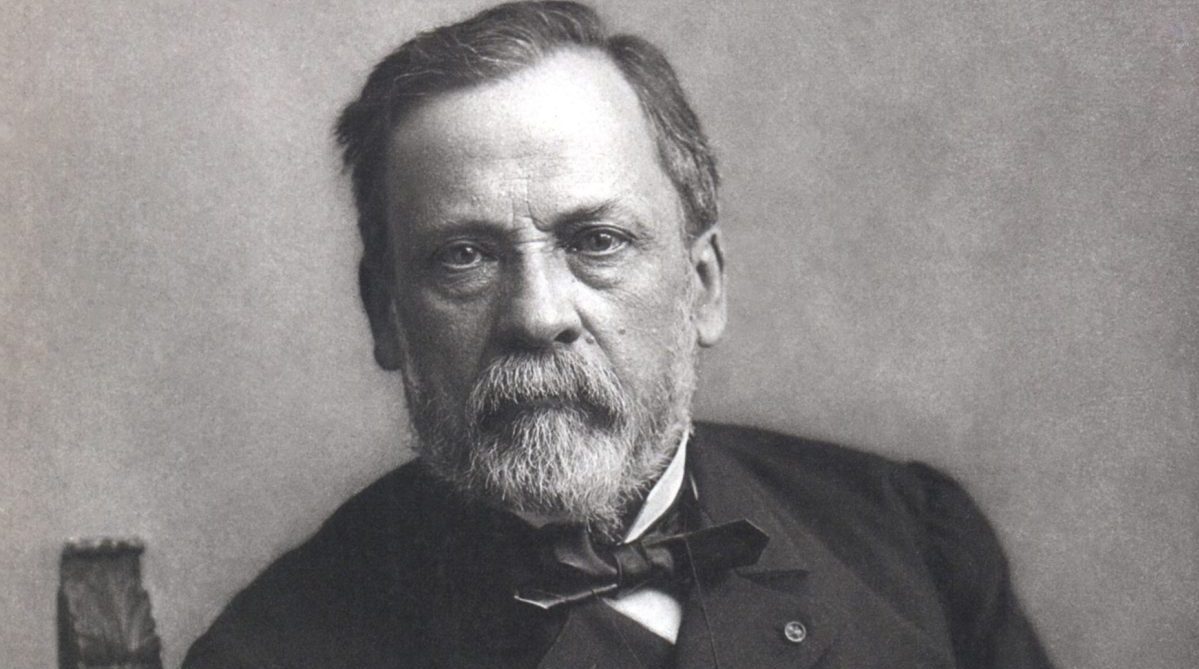
Louis Pasteur was amongst the first to theorise that disease was spread by germs. He made the discovery after three of his five children died from infectious diseases. Although he was met with violent resistance from the medical community, he continued to pursue his theory until it became accepted by most people. Today, thanks largely to his work, we know that certain bacteria cause illness, and limiting exposure to germs helps keep our immune systems strong.
Edward Jenner
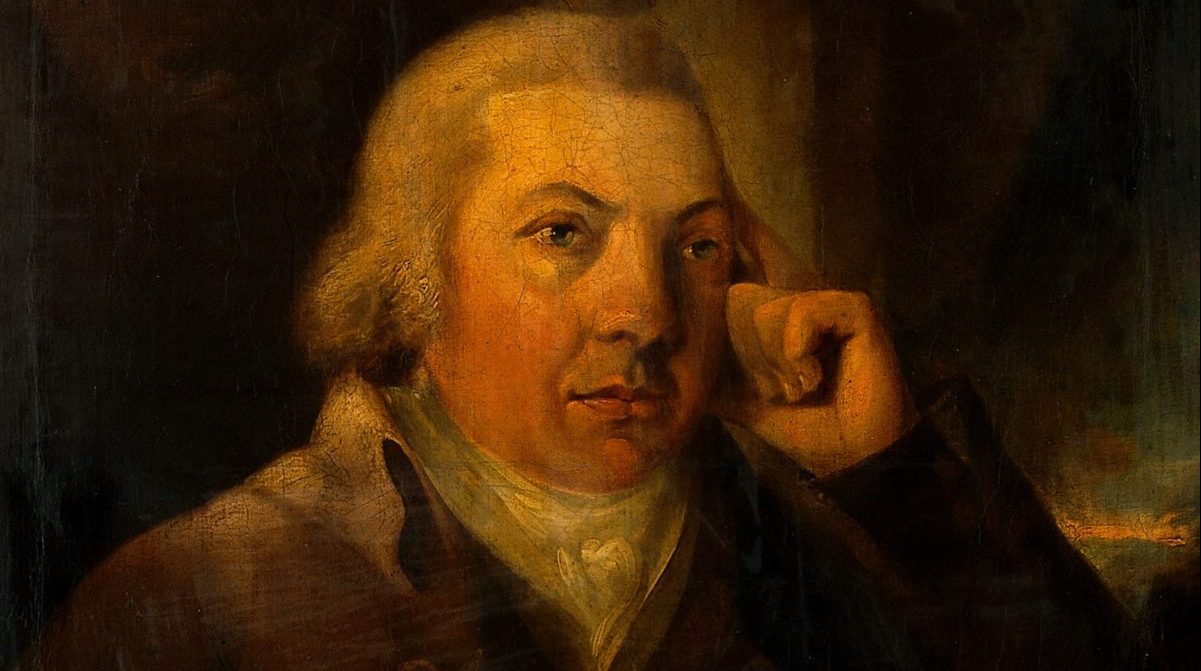
A country doctor named Edward Jenner once noticed that milkmaids, who were routinely exposed to cowpox, seemed to be immune to smallpox. In 1796, he inoculated an eight-year-old boy with cowpox to protect him against smallpox and proved that exposure to one disease could protect against another. He published his findings in 1798 but was ridiculed after he discovered vaccination, which involved using pus from diseased animals to inoculate people. Thankfully, people soon came to understand the benefits of vaccination and Jenner is now recognised as saving countless lives.
Bi Sheng
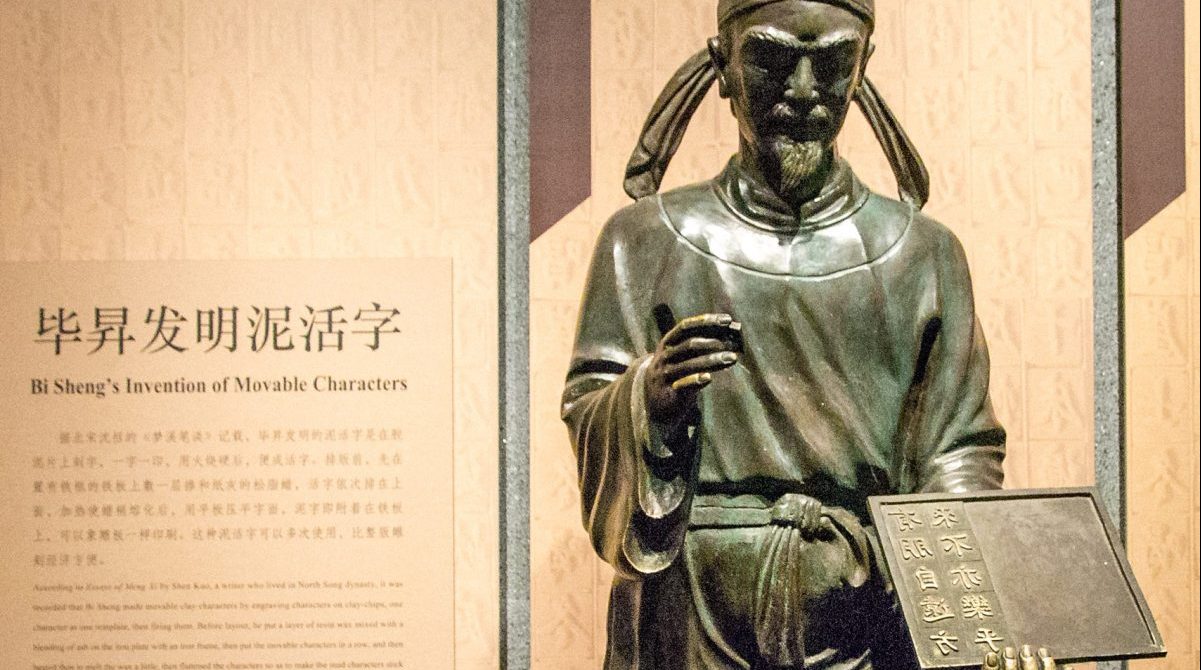
Movable type was invented in China centuries before Johannes Gutenberg developed his printing press. Bi Sheng, a commoner with no official position who lived under the Song dynasty of medieval China, invented the first system of movable type 400 years before Gutenberg. He created his type by cutting clay into characters, baking them in a fire until they were hardened, setting them into an iron frame, covering an iron plate with ink, and pressing the plate to the frame to print. Bi Sheng had created the fundamentals of movable type technology, but his contributions went unrecognised for centuries.
Leonardo da Vinci

Leonardo da Vinci is famous for being perhaps the most diversely talented individual to have ever lived, with inventions and ideas almost as famous as his artwork. Among his most famous works are his paintings Mona Lisa and The Last Supper and his inventions such as flying machines, parachutes and even the tank. Despite his fame, legacy and esteem today, most of his inventions never saw the light of day, simply because technology was unable to keep up with him.
Kane Kramer

Listening to music through headphones in the 1970s usually meant hooking yourself up to massive, heavy stereos in the living room or the library. Portable cassette players weren’t available until 1980, so enjoying The Beatles on the go was something of a pipe dream. In 1979, British furniture salesman Kane Kramer invented a pocket-sized electronic device capable of holding up to half an hour of stereo. However, he couldn’t continue to fund the patent costs. Apple later used his idea and credited him with influencing their MP3 players.
Stella Liebeck
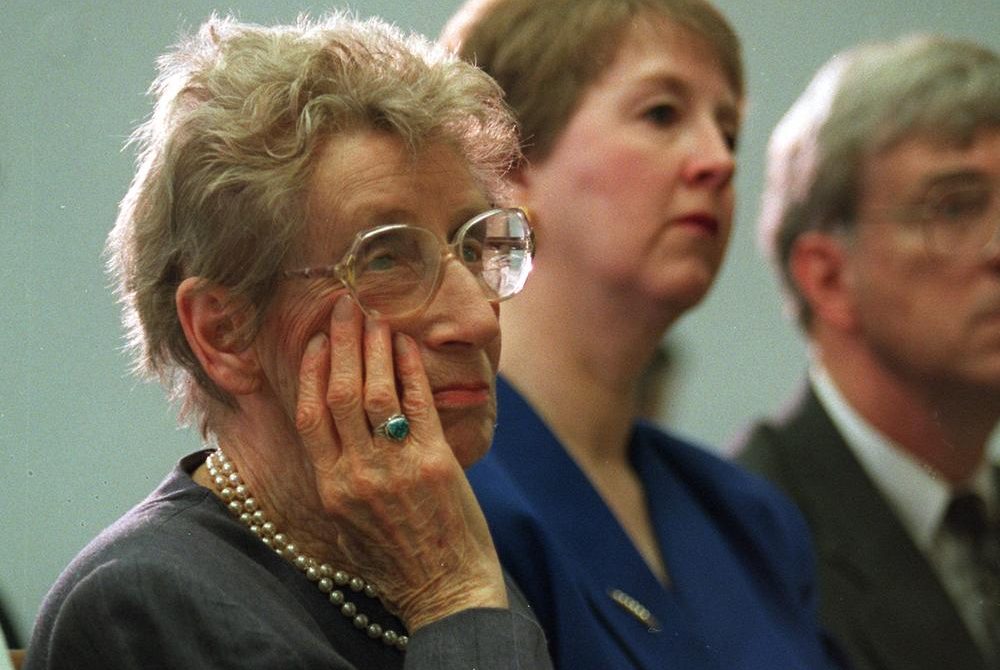
In 1992, 79-year-old Stella Liebeck was severely burned after spilling hot coffee on her lap while in the passenger seat of a parked car. Liebeck was hospitalized for eight days and needed skin grafts. She tried to settle with McDonald’s for her medical bills but they offered her an insultingly low amount, so she had no other choice but to open a lawsuit. The media mocked Liebeck throughout the trial, but it turned out that McDonald’s served dangerously hot coffees that had injured many others. The courts ruled in her favour, requiring restaurants to keep their hot beverages at a safe temperature.
Subrahmanyan Chandrasekhar
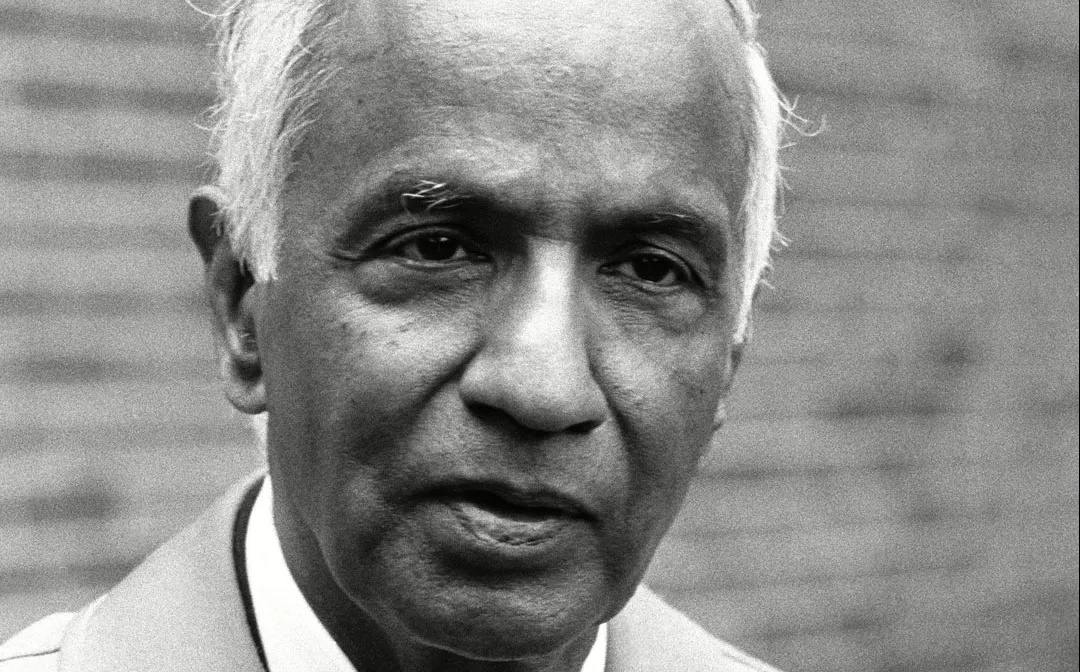
Chandrasekhar was born in 1910 in what was then British India, now Pakistan, as the third child of ten. He was only 20 years old when he came up with his theory about the mass of white dwarfs: that they would explode or collapse into neutron stars or black holes if they were too massive. However, when Chandrasekhar presented his findings at the Royal Astronomical Society in London in 1935, he was publicly ridiculed. The first black hole was discovered in 1972, finally proving his theory correct.
Clair Patterson
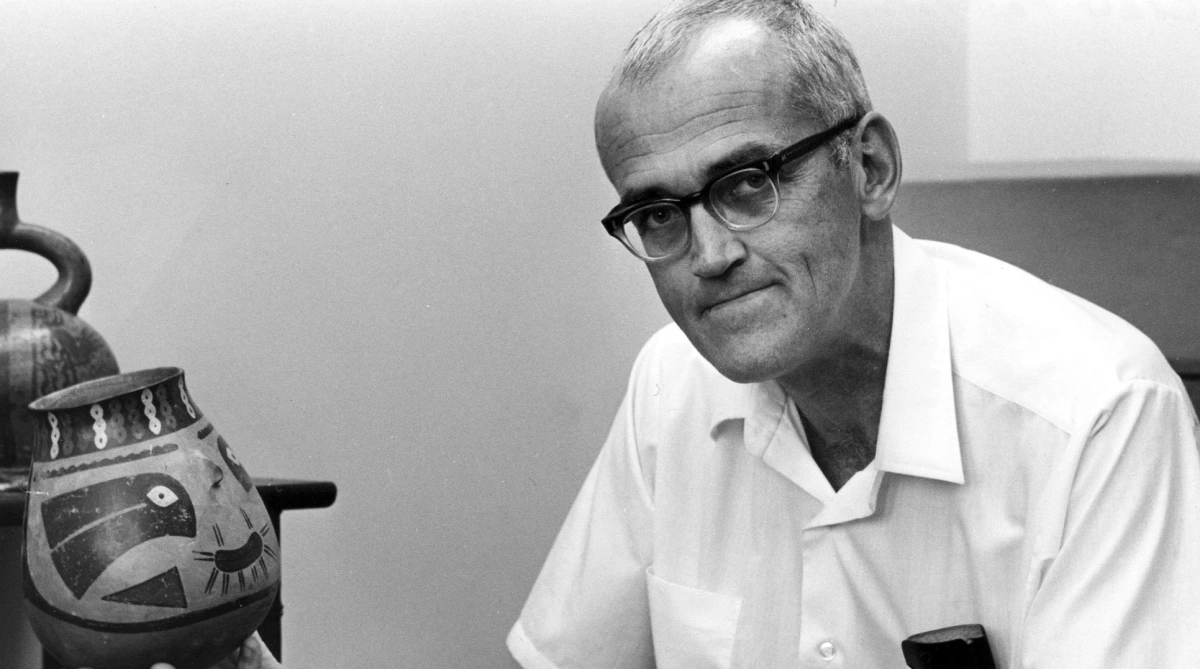
Geochemist Clair Patterson fought for years against the giant oil companies that used lead as an anti-knock agent for internal combustion engines. He petitioned Congress to make it illegal to add lead to gasoline, but the corporations kept shutting him down because they depended on lead sales. The oil companies kept this up for decades until Patterson finally got his way and lead was removed from gasoline.
Dr Atkins

Dr Atkins’s book The New Diet Revolution caused a stir when it was first published. Many dieticians and nutritionists condemned his theories and criticized him for believing that refined sugars, flour and starch caused the body’s glycemic index to skyrocket and led to fat storage in the body. Dr Atkins died in 2003, and many people theorized he died from following his own diet. However, Atkins’s research into keto-acidosis and how you can lose weight by reducing your glycemic index was later stolen and copied, being renamed The Zone Diet, The Caveman Diet and The Paleo Diet.
Martha Mitchell
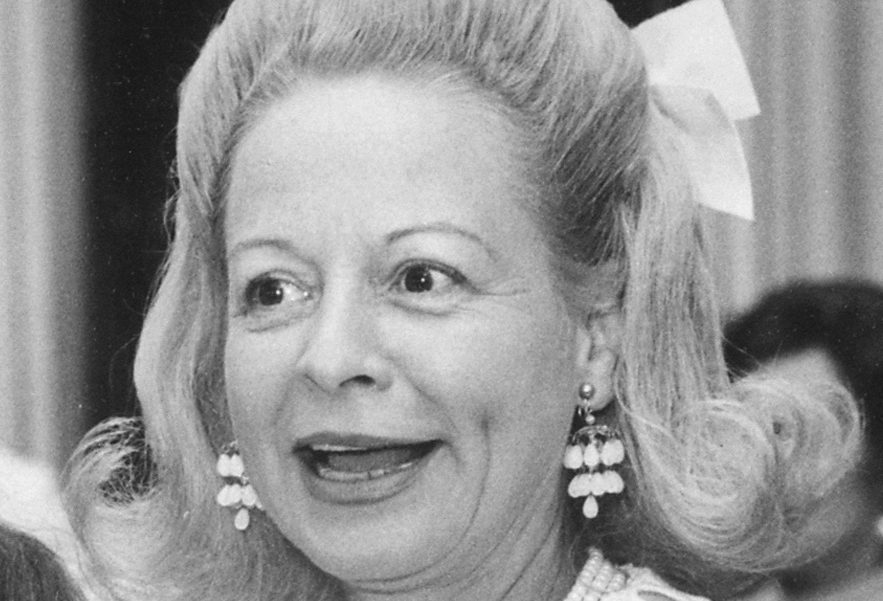
Martha Mitchell, the wife of Nixon’s campaign director John Mitchell, was instrumental in exposing the Watergate scandal. She learned details about it from her husband and wanted to reveal them to the press, but she was immediately confined to a hotel room by both her husband and Nixon’s men. A campaign was undertaken to paint Mitchell as insane, and her husband even convinced psychiatrists of this fact. There is now a psychological phenomenon named after her, called the Martha Mitchell Effect.
Giordano Bruno
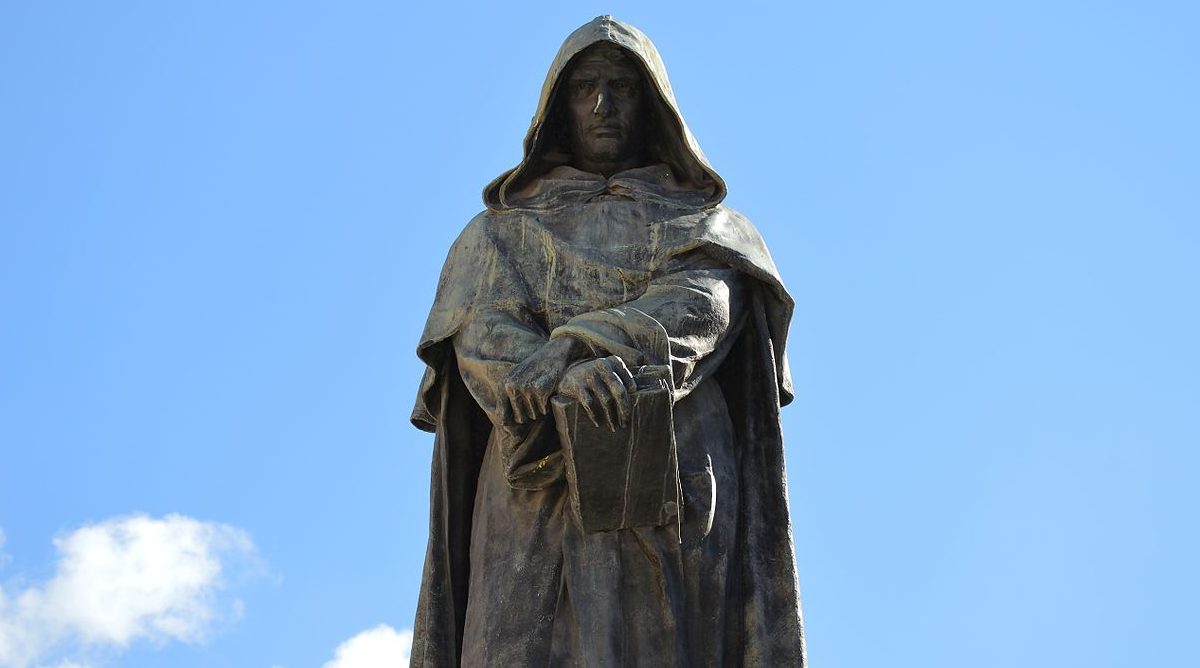
16th-century Italian philosopher Giordano Bruno was probably the first European to propose that other stars might be suns surrounded by planets, some of which could host life. Although he was tried by the Catholic Church for heresy and burned at the stake, his ideas about the size of the universe and the sun being a star with its own planets were absolutely correct, and his place in scientific and philosophical history has been forever cemented.
Courtney Love

Hollywood producer Harvey Weinstein was dismissed from his company in October 2017 after allegations of sexual abuse were made against him. The allegations dated back to the late 1970s and were an open secret in the entertainment industry. In 2005, singer-songwriter Courtney Love warned young women about Weinstein, during a red-carpet interview. Asked what advice she had for women in Hollywood, Love replied, “If Harvey Weinstein invites you to a private party in his Four Seasons [hotel room], don’t go.” Love’s comments were dismissed until they resurfaced again in 2017.
Bennet Omalu
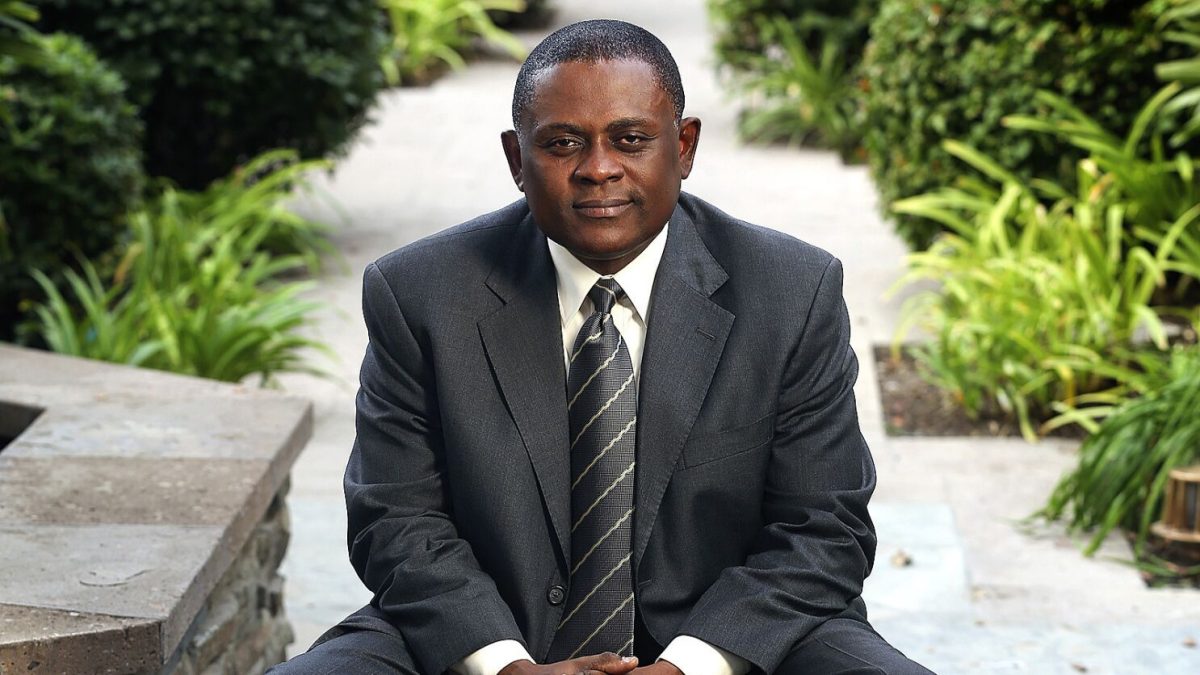
In 2002 Bennet Omalu, a forensic pathologist, performed an autopsy on former Pittsburgh Steelers player Mike Webster. He discovered evidence of a neurologic condition associated with chronic head trauma called chronic traumatic encephalopathy (CTE). Omalu published his findings in 2005. After publishing his report, Omalu was asked to retract it by members of the NFL’s mild traumatic brain injury committee. In 2009, the NFL finally acknowledged that concussions sustained in football can lead to long-term neurological effects. Omalu’s struggle to bring attention to this issue is portrayed in the Will Smith film Concussion.
Sinéad O’Connor

Singer Sinéad O’Connor tore up a photo of Pope John Paul II during a performance on the television show Saturday Night Live. She said she wanted to raise awareness about sexual abuse in Ireland. Angry callers flooded NBC’s phone lines following the broadcast of O’Connor’s performance, and the next week on SNL, host Joe Pesci spent his monologue criticizing the singer. Over a decade later, the Catholic Church was found to have protected its priests from prosecution for sexually abusing children.
Harry Markopolos
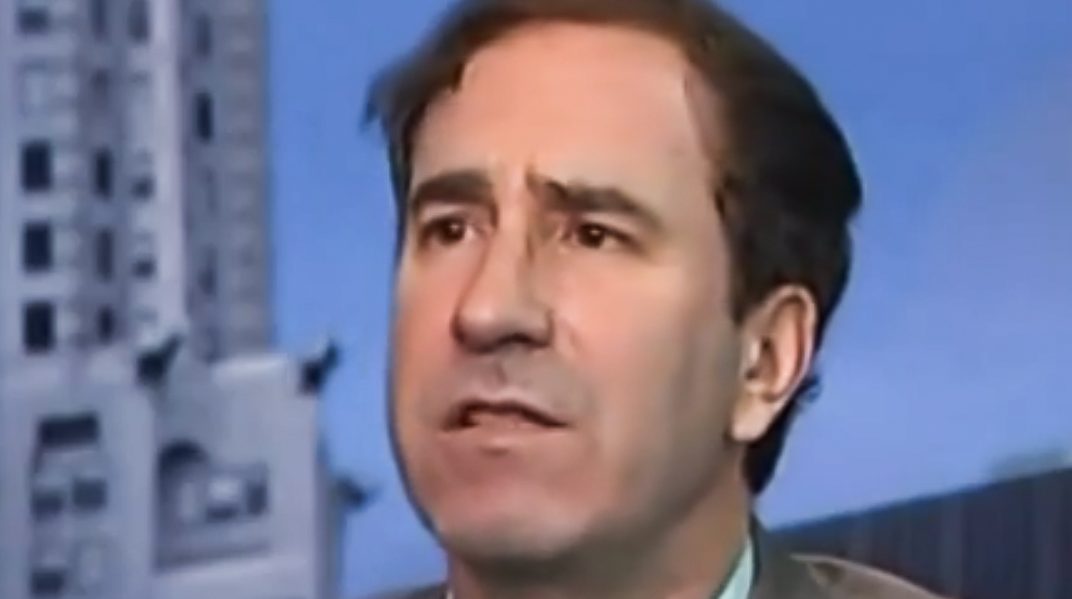
In 1999, Harry Markopolos was a portfolio manager with Boston-based trading firm Rampart Investment Management. He was asked to look into Bernie Madoff’s hedge fund strategy and see if he could develop a product to replicate his success. What Markopolos discovered was that Madoff was running the largest Ponzi scheme in history. He first contacted the Securities and Exchange Commission (SEC) in 2000, but nobody listened. He tried again in 2001 and 2005 with the same result. It wasn’t until the end of 2008 that Madoff’s fraud was exposed, by which time thousands of families had been financially ruined.
Ernest Hemingway
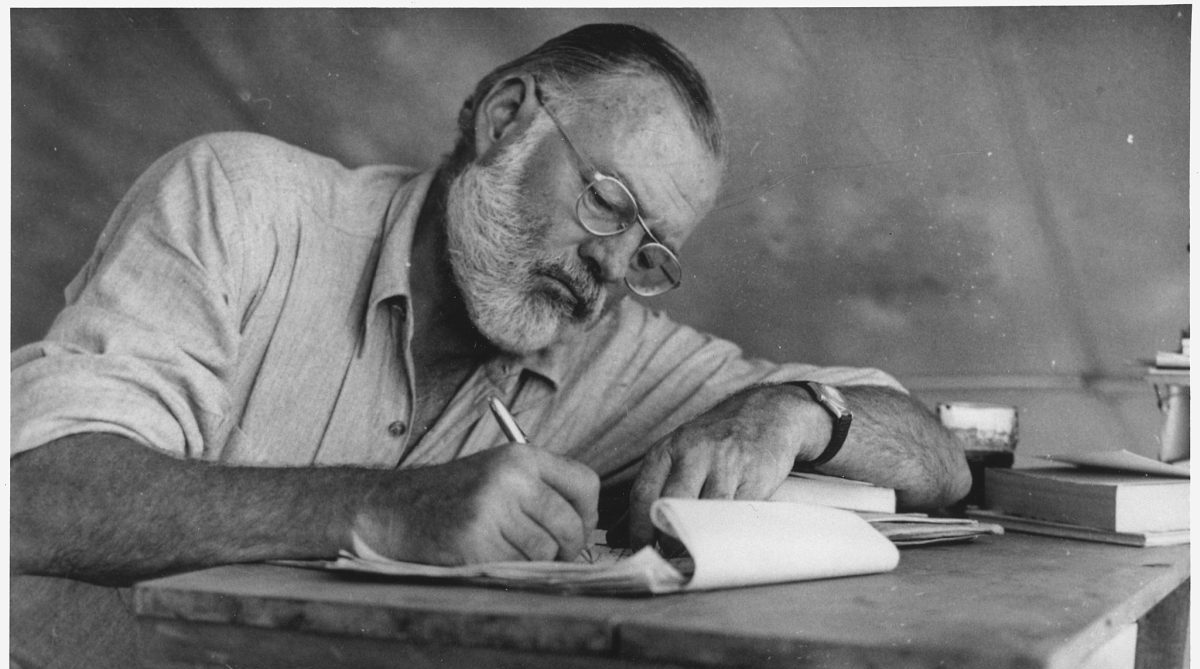
Author Ernest Hemingway, who committed suicide on July 2, 1961, was reportedly convinced that the FBI was after him, owing to his prolific anti-war activism. However, his entourage did not believe his paranoia and suspected that the FBI wasn’t really investigating him. After his death, the declassification of FBI files proved Hemingway right – he was indeed a subject of FBI surveillance, and he was really followed and wiretapped.
John Lydon

During a 1978 radio interview, John Lydon, better known as the lead singer of the Sex Pistols Johnny Rotten, said that he wanted to kill Jimmy Savile. Saville was a popular British broadcaster and charity fundraiser, who was revealed to be a prolific child sex offender in the wake of his death in 2011. Lydon accused Saville of being “into all sorts of seediness,” and claimed that this knowledge was an open secret within the industry. He was banned from the BBC for many years following his comments and the full interview wasn’t aired until after Saville’s death.
John Snow
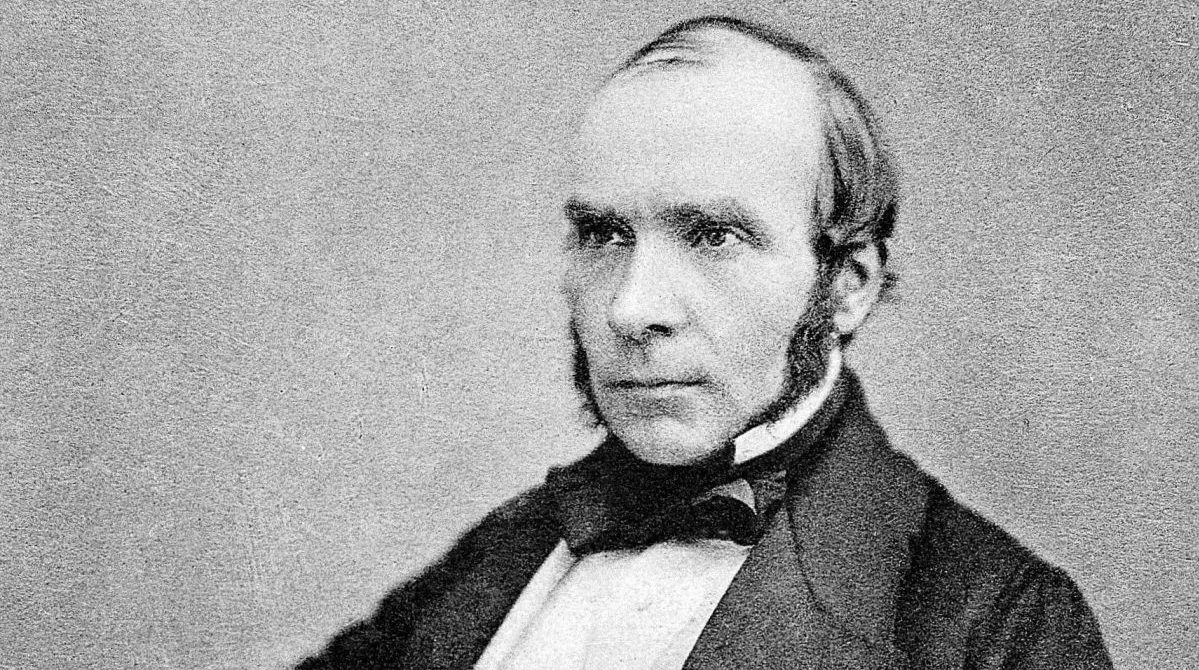
The miasma theory stated that diseases such as cholera were caused by poisonous “bad air.” John Snow, a physician in London, had a different theory about the illness’ cause. Snow believed that drinking water was the source of the disease and that it could theoretically be traced to one contaminated well. In 1854, John Snow traced the source of a London cholera outbreak to a contaminated water pump on Broad Street and persuaded the local council to disable the pump. Years later, London finally changed its drainage system thanks to the new information.
Barry Marshall

After doing biopsies of various ulcer patients in the early 1980s, Barry Marshall theorized that ulcers were caused by bacteria. Doctors at the time thought this idea was ludicrous because they believed that stress was the primary cause. Marshall could not produce results in lab mice, so he experimented on himself. He took some of the bacteria taken from a patient and drank it, then a few days later developed gastritis – the precursor to ulcers. A biopsy of his gut proved that ulcers were caused by infection.
Robert Melancton Metcalfe
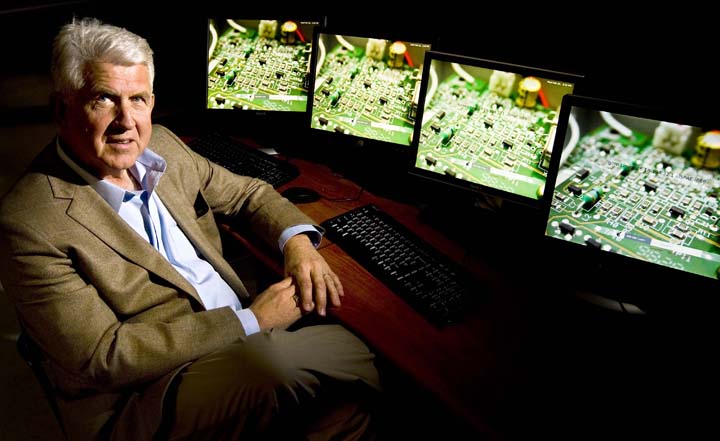
Ethernet is a networking protocol that was first proposed by Harvard student Robert Melancton Metcalfe in his doctoral dissertation. However, Harvard rejected the dissertation for not being analytical enough. Since 1983, Ethernet has been the dominant networking technology, with the fact that it has remained compatible for 35 years being a testament to its quality and the ability of its designers.
Johannes Kepler
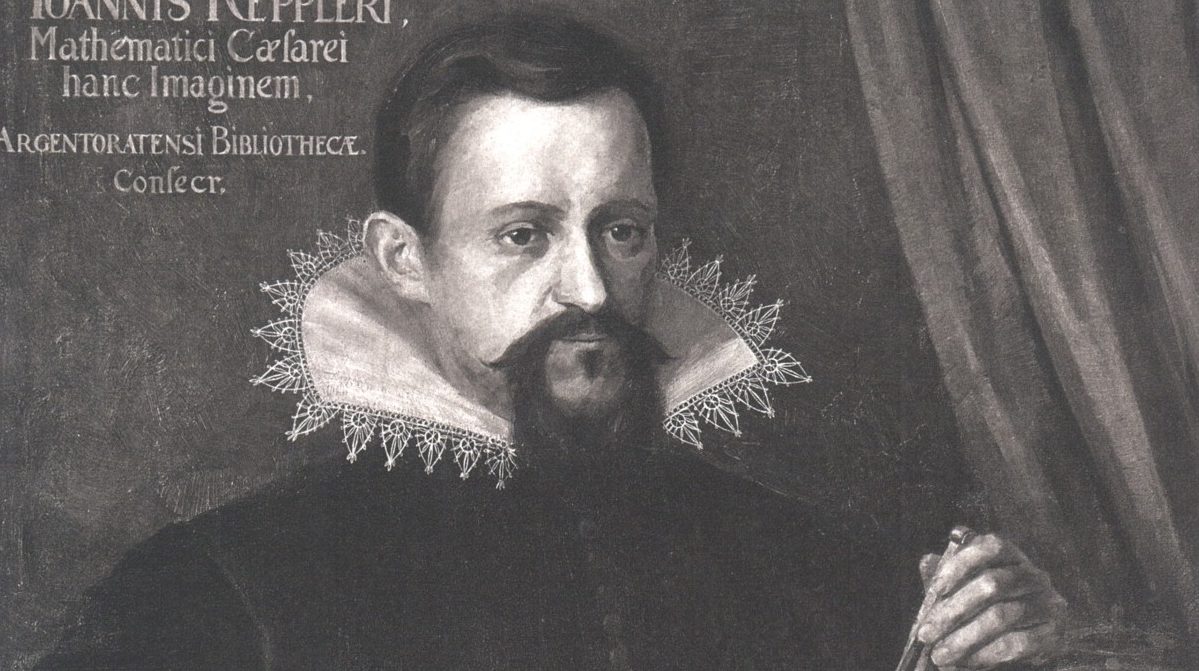
Johannes Kepler is one of several scientists who figured out that the solar system is heliocentric early on. However, his ideas were met with resistance and hostility from many other astronomers and scientists, who found them hard to believe. Kepler, who supported Copernicus’s initial theory, realised that planets travel in ellipses rather than circles, but this work was largely ignored during in his lifetime. Decades later, his work went on to form the basis for Newton’s law of universal gravitation.
William Coley
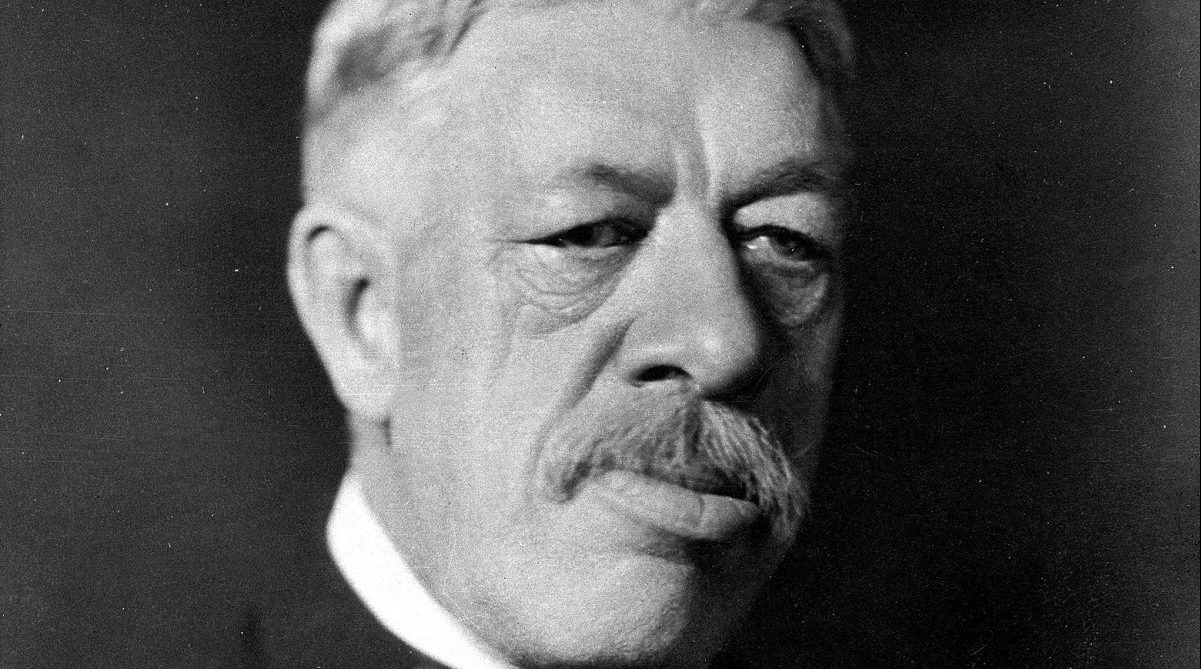
William Coley, a bone surgeon and cancer researcher who worked at New York Cancer Hospital in the late 1800s, made a discovery that was crucial to the development of modern immunotherapy. One of Coley’s patients recovered from cancer after he was infected with the microbe that causes strep throat. This helped Coley to theorize that post-surgical infections mobilized the immune system against cancer. In the 1890s, Coley experimented with mixtures of dead bacteria to trigger the immune systems of cancer patients. His peers rejected the idea, calling it crazy and dangerous. He died in 1936 without ever knowing that his work led to modern immunotherapy.